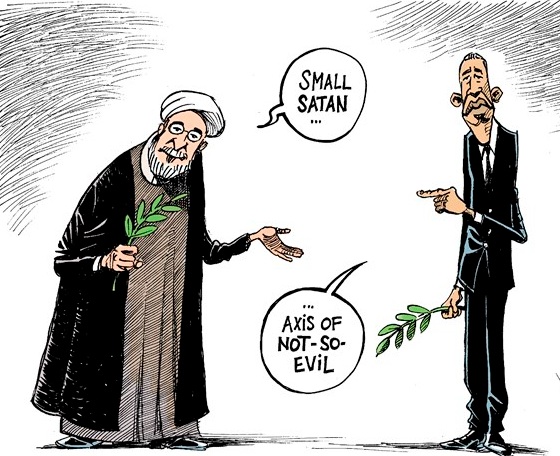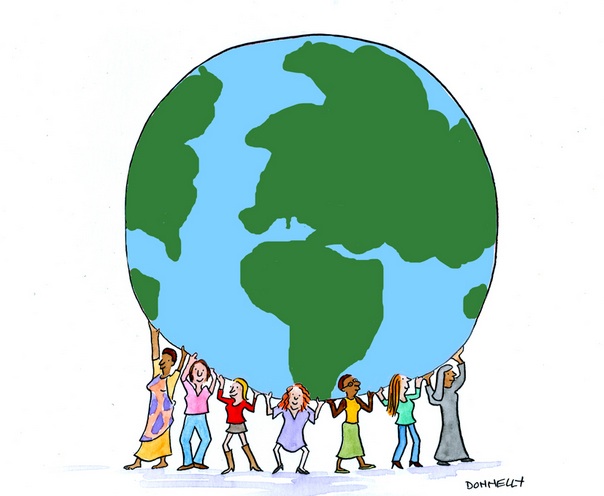Alexandra Meldrun writes: In the wake of another International Women’s Day, at Engineers Australia we are still lamenting our inability to attract and retain women. Why is this happening?
I’d argue it’s happening because Australia has an attitude problem and the Australian workplace culture does not support women in engineering (and many other professions) to achieve their potential.
You could be forgiven for thinking that women engineers disappear from the workforce altogether once they turn 35. As women make up only 11% of the total engineering workforce, this is a loss the profession feels deeply.
Not only are we losing women as they start families, we are also failing to get enough girls to study engineering in the first place. A recent OECD report states just 3% of Australian girls are contemplating a career in engineering or computing, compared to 17 % of boys.
It’s not for a want of role models. One of the world’s first computer scientists was a female – Ada Lovelace. Contemporary Aussie inspirations include: space engineer Andrea Boyd, the only Australian in the world working in the ISS Flight Control team, and Yassmin Abdel-Magied, President of Youth Without Borders and an inspirational FIFO engineer working on oil and gas rigs. Women engineers play a fascinating role in engineering innovation in spite of well-known educational barriers and prejudice.
Yet it is still a slow business to sign up the female inventors, innovators and entrepreneurs of tomorrow.
The working environment for engineers continues to be a barrier to women joining and staying in the engineering workforce. Women engineers are earning less than their male counterparts (irrespective of work hours) and hold far fewer of the top management roles.
There is considerable evidence that when women engineers are responsible for the care of children, their employment participation rate falls dramatically. This is more prevalent in engineering than in other professions with comparable education requirements.
Sadly, in these respects, engineering is not very different to many other professions, roles and workplaces. Key decision makers do not understand the unconscious bias and barriers that may be put in place, which can stop women from achieving their potential.
Over the years Engineers Australia has worked tirelessly to deliver campaigns, strategies, school initiatives and events to support the ongoing transition of engineering into an inclusive profession.
Our National Women in Engineering Committee has spent countless volunteer hours entering engineering organisations and engaging with senior management, to introduce and discuss their Flexible Workplace Strategy which is aimed at slowly but surely increasing women’s participation in workplaces across Australia.
This Committee is but one small group with their work cut out for them; more businesses need to recognise the importance of flexibility in the workplace and its correlation to diversity and success.
These days workplace flexibility is a key issue for employees, irrespective of gender or indeed age. Encompassing a flexible and supportive workplace culture will go a long way in improving productivity levels and retaining women, by weighing business needs with employee circumstances.
We must encourage more women to pursue a diverse and rewarding career in engineering.on The recent Intergenerational Report shows we are significantly under-utilising a key part of our highly skilled workforce and therefore losing productivity through lower participation of women; this is detrimental to Australia’s economy and productivity growth.
Changing attitudes requires not only a whole of government, whole of industry approach, but a whole of nation approach.
In my case, engineering has –and continues to – offer a diverse and rewarding career. Engineering has given me the opportunity to work in areas which are the essentials of life – food, energy, innovation and education. I hope many girls in the future shall realise that they too have these options, and Australia supports them in this pursuit.










